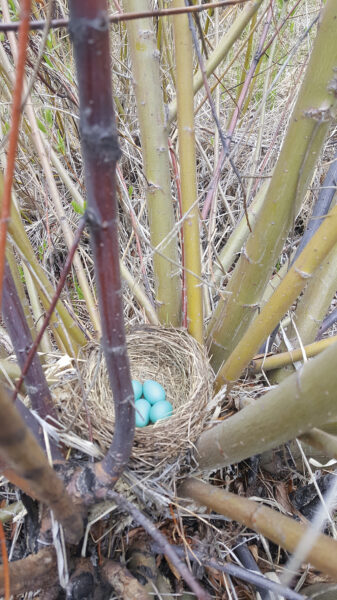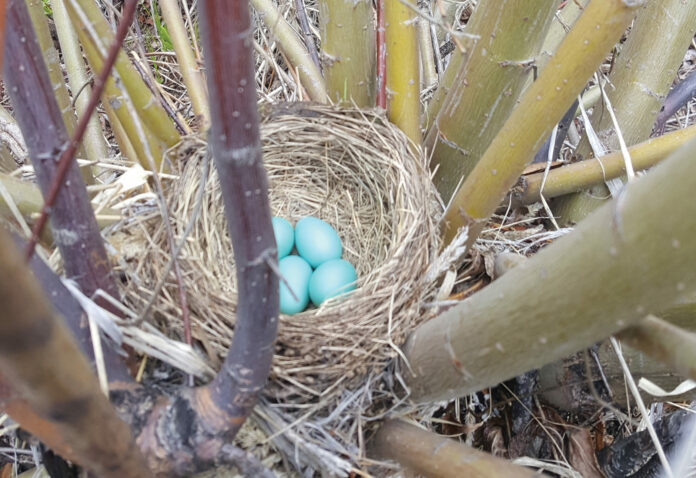BY HANNES THUM
 This is a crazy time.
This is a crazy time.
Although we saw this virus coming, and although we knew that it had the potential to disrupt our lives and scare us and hurt us, most of us were not ready for how much our world has changed in the past few months. The impact has been (and will continue to be) global, but it’s hit us hard right in our valley.
Many of us are trying to figure out how to adapt our lives to this new reality and to find ways to do the things we do in the face of all of this.
I am a science teacher, and it’s one of the privileged professions that can try to carry on in this world for now, albeit in a very different format. And I have had to ask myself many times lately how my students can still be using science as a way to interact with the world, when all of us are hunkered down in our homes and trying, as a community, to help the medical community get a handle on this public health crisis by staying entirely out of the world.
Is it possible for students to learn about the world without us all being in the same room?
Science is, at its core, an observation and a curiosity about the natural world. We forget that, sometimes. Science is a way of opening your eyes to what is going on and wondering about why the things that are going on are going on. That’s really all it is.
For hundreds of thousands of years, humans have looked at the stars in the night sky and imagined what they were and how they moved. That’s science. We’ve watched animals move and wondered where they were coming from and where they were going. That’s science. We’ve looked into the maw of erupting volcanoes and we’ve seen the scarps left on the landscape after earthquakes and we’ve seen rivers cut canyons and imagined how these things could occur. That’s science.
We’ve been doing it a long time. It’s a part of our human species and of the way we’re built.
And, it can carry on. We can still step outside on our porches at night and see the way the stars are moving in the sky. There is much to be learned by watching the plants grow and the birds that come to visit daily in your backyard. My students, from their bedroom windows, can see the mountains of our hometown and picture the way that the Big Wood River has carved our valley.
At least, that’s what I’m hoping. We’re all wondering what the next day will bring, but hope helps. We’re each trying to do the things we can.
The world is full of immeasurable pain and suffering right now, but I believe that the natural world can be a healthy outlet for our kids (and adults), and that it can give them something positive to do. Something human to do.



